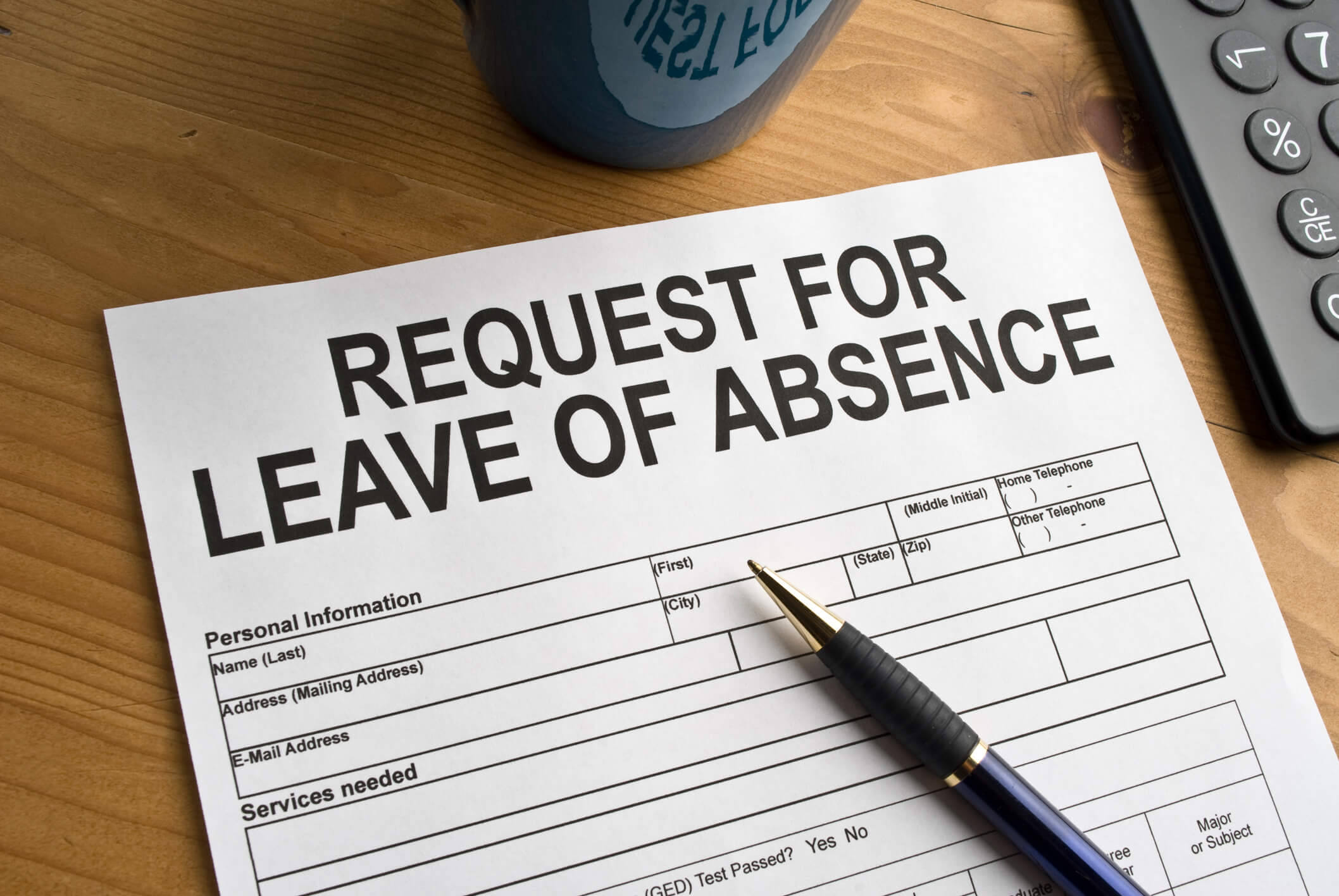Since passage last November of Proposition 206, Arizona’s new paid sick leave law, officially titled The Fair Wages and Healthy Families Act, employers have been scrambling to prepare for its implementation on July 1, 2017. We previously explained key components of the law to help employers gain an understanding of its requirements and implications. As employers that have attempted to navigate the gaps and intricacies of the law have already experienced, the Act left many important questions unanswered and consigned the Industrial Commission of Arizona (ICA) with the important task of crafting interpretive regulations and/or guidance.
The ICA crafted a limited set of proposed regulations, which remain subject to review and approval by the state attorney general or the Governor’s Regulatory Review Council. In addition, the ICA has stated it anticipates revising those proposed regulations and issuing a new Notice of Proposed Rulemaking prior to finalization of the regulations. The ICA has risen to the challenge of crafting guidance for employers principally through the creation of a myriad of interpretive frequently asked questions (FAQs), which can be accessed on the ICA’s website.
This blog series examines the ICA’s recently expanded FAQs and current proposed regulations, some of which finally address employers’ most compelling concerns about implementation and compliance. We also share certain insights obtained through informal communications with the ICA. Lastly, we highlight certain key employer questions that likely will remain unresolved when the Act goes “live” on July 1. The first article in the series will cover issues involving paid sick time accrual and usage.
Paid Sick Time Accrual and Usage Issues
Use of Paid Sick Time for Vacation and Other Non-qualifying Purposes
The ICA takes the view that employers with so-called “equivalent or better” paid time off (PTO) policies are not required to provide additional paid sick leave to employees who choose to use all of their PTO for non-qualifying reasons, such as vacation (except in 2017 as noted below). However, the ICA cautions that an equivalent or better PTO program must at least meet all accrual and usage requirements of the Act in order to qualify for this equivalency interpretation. As an example, if a company’s PTO plan imposes more demanding notice requirements on employees than permitted under the Act, then the PTO policy likely would not be deemed equivalent.
Employers May Designate Employee Time Off as Paid Sick Time Absent Employee’s Request
The Act does not address this issue. However, the ICA has expressed that it does not intend to pursue enforcement against an employer that designates an employee’s time off as paid sick time (PST) (and pays for that time off in accordance with the Act) so long as the employer has a “good faith belief” that the absence meets the requirements of Act. If the employer later discovers that an employee’s absence does not meet the requirements of this Act, it must take prompt action to correct its error.
Maximum Carryover of Accrued Paid Sick Time
One of the Act’s more significant anomalies is its apparent requirement that all unused accrued paid sick time be carried forward to the following benefit year (unless the employer “buys back” unused PST at the end of the benefit year). This apparent unlimited carryover requirement is at odds with the Act’s clear limitation on maximum usage hours, which are capped at 40 per year (24 for small employers), unless the employer opts to allow more usage. Fortunately, the ICA has addressed this issue and prepared both a FAQ and a proposed regulation (R20-5-1206(F)) that caps annual mandatory carryover at 40 hours from one benefit year to the next.
An employee of an employer with 15 or more employees may carry over to the following year a maximum of 40 hours of unused earned paid sick time. An employee of an employer with fewer than 15 employees may carry over to the following year a maximum of 24 hours of unused earned paid sick time. Alternatively, in lieu of carry over, an employer may pay an employee for unused earned paid sick time pursuant to A.R.S. § 23-372(D)(4). Carry over shall not affect accrual or use rights under the Act.
Under this proposed regulation, the maximum PST an employer must allow an employee to accrue would be no more than 80 hours, i.e., 40 hours of unused paid sick time that the employee may have accrued and then carried over from the prior benefit year, plus an additional 40 hours he or she accrues in the current benefit year. Even though employees may accrue up to 80 hours of PST, employers are not required to allow employees to use more than 40 hours of accrued PST in any single benefit year. Keeping accrual, rollover, and usage limits in mind as separate and distinct will aid employers in understanding their obligations and how to create (or revise) a compliant PTO program.
Employers that choose to exercise the Act’s so-called “buy back” feature (i.e., paying employees the dollar value of unused accrued PST at the end of the benefit year) would be able to avoid any carry over by buying back 40 hours of PST at the end of the benefit year, and not carrying forward additional unused accrued PST (should there be any). Under A.R.S. § 23-372(D)(4), employers that exercise this option must “front load” employees’ allotments of PST in an amount that is no less than would have been available to the employee had the unused PST not been bought back. Under this scenario, if an employer always buys back all unused PST at year-end and frontloads 40 hours of PST at the beginning of the next year, it can be assured that no employee will ever have more than 40 hours of unused PST.
Benefit Years and Prorating of Accrual and Usage
The ICA correctly takes the view that the Act allows an employer to designate its PST benefit “year” as it sees fit (e.g., calendar year, fiscal year, year from an employee hire date, etc.). This expansive interpretation also led ICA to promulgate a FAQ that explains how employers may prorate their benefit year to address the scenario in which the Act’s effective date (July 1, 2017) does not align with the employer’s benefit year, or, as the ICA put it, the employer’s selected “year” ends less than 365 days after the effective date of the Act. One of the examples in the FAQ notes that if an employer’s benefit year is a calendar year, then only 184 days remain in the current benefit year as of July 1. Therefore, an employer may limit accrual and usage during the remaining benefit year to a rate of .504 (the result of dividing 184 by 365). Assuming the smallest increment that an employer’s payroll system uses is one-tenth of an hour, then employees would be entitled to accrue and use at least 20.2 hours of earned paid sick time (which is obtained by multiplying .504 with 40 (hours) and rounding up to nearest tenth of an hour) in the 184 days following July 1, 2017 (this example assumes a “large” employer for accrual and usage purposes).
Employers should not use this pro rata formula beyond the initial PST implementation period. In another recently released FAQ, the ICA notes that the Act does not draw a distinction between year-round and partial-year employees. “An employee’s accrual and usage caps are based solely on the size of the employer and are not based upon whether an employee works a full or partial year.” For example, if an employer that uses a calendar year for PST hires an employee on March 15, 2018, that employer may not prorate the employee’s accrual and usage amounts, even though that employee will work less than the full benefit year. Per the Act, PST accrual must be no less than one hour of PST for every 30 hours worked. Similarly, employers may not limit usage of accrued PST up to 40 hours during a benefit year. Despite this new guidance, employers may still require new employees hired on July 1, 2017 or after, to wait 90 days to begin using their accrued PST.
What about employers with existing PTO programs that have already accrued and paid out PTO benefits during the 2017 benefit year? Can any of those pre-July 1 PTO benefits be used to offset PST requirements after July 1? To our knowledge, the ICA has not addressed this question. However, unless an employer can demonstrate that it already had a program in place that met or exceeded the PST requirements before implementation of the statute on July 1, any program that accrues less PST than the pro rata amounts described in the above-cited FAQ for the remainder of 2017 likely would not be in full compliance with the Act.
Part two and part three of this three-part series can be found on Ogletree Deakins’ Leaves of Absence and State Developments blogs.




